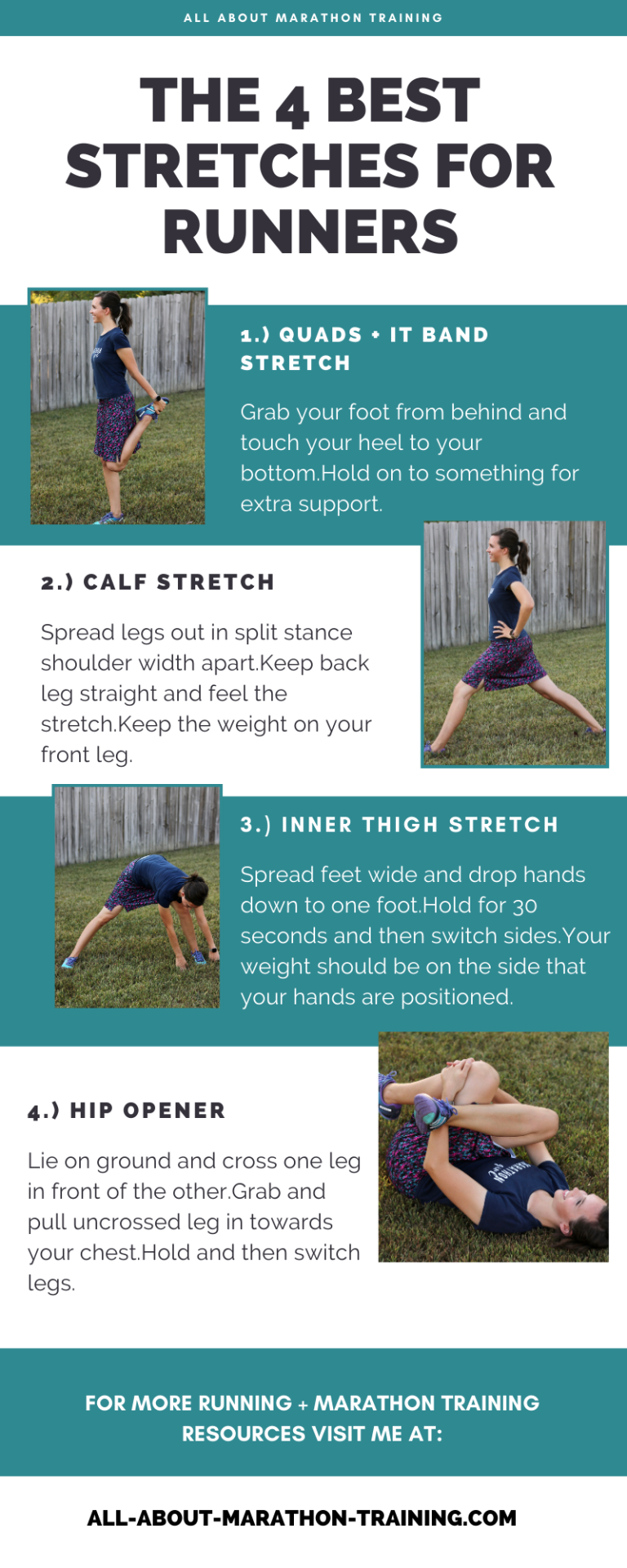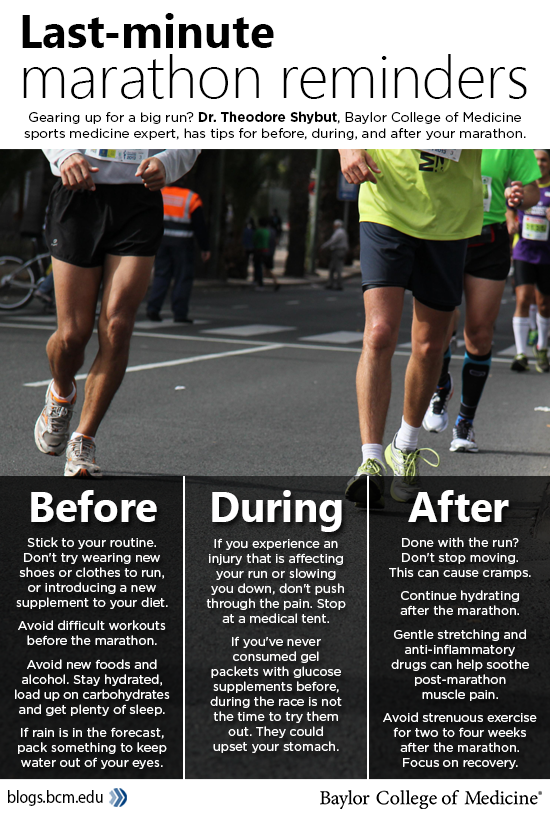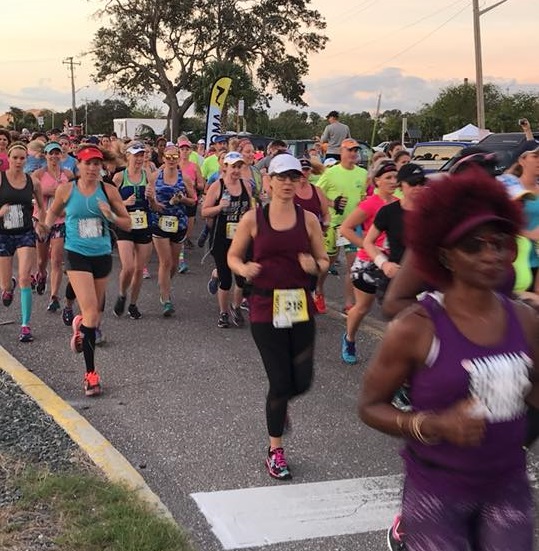How to Relieve Knee Pain: 10 Top Methods to Relieve Knee Pain
To relieve knee pain, you can try methods such as rest, ice, compression, elevation (RICE), gentle stretching, strengthening exercises, proper footwear, hot/cold therapy, over-the-counter pain medication, physical therapy, and maintaining a healthy weight. Knee pain can impact daily activities, but with the right strategies, you can alleviate discomfort and improve mobility.
These methods offer effective ways to manage knee pain and promote overall joint health. By incorporating these techniques into your routine, you can find relief and enhance your quality of life. It’s important to listen to your body and address knee pain promptly to prevent further complications or long-term damage.
Explore these top methods to find what works best for you and achieve lasting relief.

Credit: www.physiotattva.com
1. Exercise And Physical Activity
Knee pain can be a debilitating condition that affects people of all ages and activity levels. Incorporating exercise and physical activity into your routine can be an effective way to relieve knee pain. This subheading will explore the various forms of exercises and activities that can help alleviate discomfort and strengthen the knee joint.
1.1 Strengthening Exercises
Strengthening exercises are crucial for improving the stability and functionality of the knee joint. These exercises focus on building the muscles surrounding the knee, providing support and reducing stress on the joint.
- Quadriceps strengthening exercises, like leg extensions and lunges, can help stabilize the knee and reduce pain.
- Hamstring strengthening exercises, such as leg curls and bridges, can also contribute to better knee stability.
- Calf raises and toe raises help to strengthen the muscles in the lower legs, offering additional support to the knee.
1.2 Low-impact Activities
Engaging in low-impact activities can alleviate knee pain by reducing stress on the joint while promoting mobility and strength. These activities are gentle on the knees while offering various health benefits.
- Swimming and water aerobics provide an excellent low-impact workout that strengthens the muscles around the knee without causing excessive stress.
- Cycling is an effective low-impact activity that promotes cardiovascular health and strengthens the quadriceps without placing significant strain on the knees.
- Yoga and Pilates can improve flexibility, balance, and strength, enhancing overall knee function while minimizing discomfort.
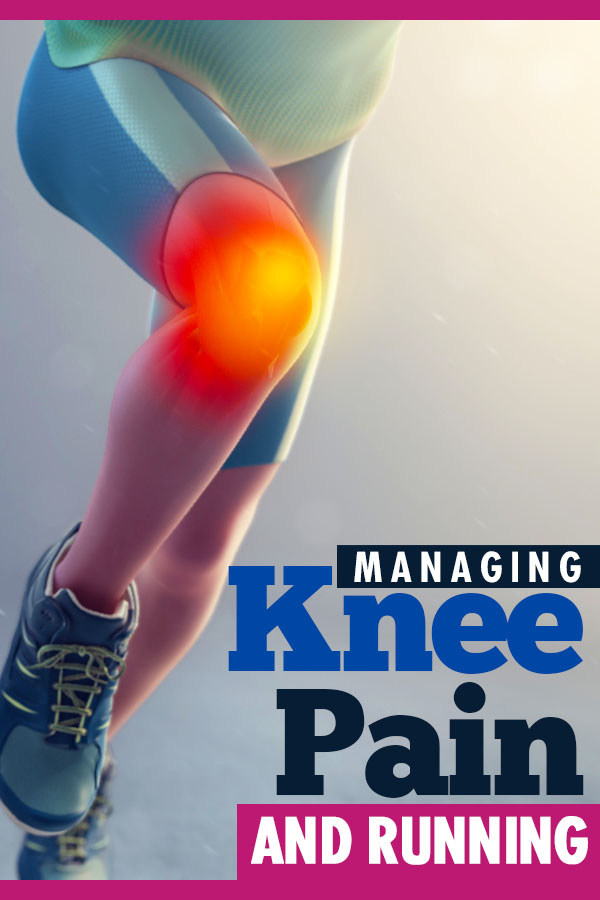
Credit: www.runtothefinish.com
2. Weight Management
Managing your weight is crucial in relieving knee pain. Here are some effective strategies.
2.1 Importance Of Maintaining A Healthy Weight
Achieving and maintaining a healthy weight significantly reduces stress on your knees.
2.2 Diet And Nutrition Tips
Adopting a diet rich in anti-inflammatory foods can help reduce knee pain.
- Include fruits and vegetables in your meals.
- Omega-3 fatty acids found in fish are beneficial.
Eliminate processed and high-sugar foods for better knee health.
3. Medications
3. Medications
Knee pain can be debilitating, but medications can provide relief. Here are some common medication options that can help alleviate knee pain:
3.1 Over-the-counter Pain Relievers
Over-the-counter pain relievers such as acetaminophen and ibuprofen can help reduce knee pain and inflammation.
3.2 Prescription Medications
For more severe knee pain, prescription medications like corticosteroids and stronger pain relievers may be prescribed by a healthcare provider.
4. Rice Method
Knee pain can be debilitating, but there are effective methods to relieve it. One popular approach is the RICE method, which stands for rest, ice, compression, and elevation. Each component of the RICE method plays a crucial role in reducing pain and promoting healing. Let’s delve into the details of each element.
4.1 Rest
Rest is essential in allowing the knee to recover from any injury or inflammation. By avoiding activities that exacerbate the pain, the knee can heal more effectively.
4.2 Ice
Applying ice to the affected area can help to reduce swelling and alleviate pain. The cold temperature helps to constrict blood vessels, which in turn decreases inflammation and numbs the area, offering relief.
4.3 Compression
Wrapping the knee with a compression bandage provides support and helps to reduce swelling. The compression also maintains stability and can aid in preventing further injury.
4.4 Elevation
Elevating the knee above the level of the heart can assist in reducing swelling by allowing fluid to drain away from the affected area. This position also helps to improve blood flow, contributing to the healing process.
5. Alternative Therapies
In an effort to alleviate knee pain, consider exploring alternative therapies such as acupuncture, massage, and yoga. These alternative methods can complement traditional treatments and provide relief from discomfort. Embracing a holistic approach may offer a multi-faceted solution to managing knee pain.
When it comes to relieving knee pain, alternative therapies can provide effective solutions. These methods offer natural and non-invasive approaches to alleviate discomfort and promote healing. Two popular alternative therapies for knee pain are Acupuncture and Transcutaneous Electrical Nerve Stimulation (TENS). Both methods have been widely used and proven to be effective in managing knee pain. Let’s take a closer look at each of these therapies and how they can help you find relief.5.1 Acupuncture
Acupuncture, an ancient Chinese healing technique, involves inserting thin needles into specific points of the body. This therapy aims to rebalance the flow of energy or “qi” within the body, relieving pain and promoting overall well-being. For knee pain, acupuncture targets points near the affected area to stimulate blood circulation and reduce inflammation. This approach can help reduce pain, improve joint mobility, and support the body’s natural healing process. If you’re considering acupuncture for knee pain relief, consult with a licensed acupuncturist who can tailor the treatment to your specific needs.5.2 Transcutaneous Electrical Nerve Stimulation (tens)
Transcutaneous Electrical Nerve Stimulation (TENS) is a therapy that uses low-voltage electrical currents to relieve pain. TENS units typically consist of electrodes placed on the skin near the affected area, which deliver electrical impulses to stimulate nerves and block pain signals. When applied to the knee, TENS can provide temporary pain relief by interfering with pain signals traveling through the nerves. This therapy is non-invasive, safe, and can be easily administered at home with proper guidance. TENS is particularly useful for managing chronic knee pain and can be used alongside other pain management techniques. In conclusion, alternative therapies such as acupuncture and TENS offer viable options for relieving knee pain. These methods promote natural healing without the need for medication or invasive procedures. Whether you choose acupuncture to rebalance energy flow or TENS to disrupt pain signals, be sure to consult with trained professionals and seek their guidance for an effective treatment plan. Embracing alternative therapies can empower you to take control of your knee pain and find lasting relief.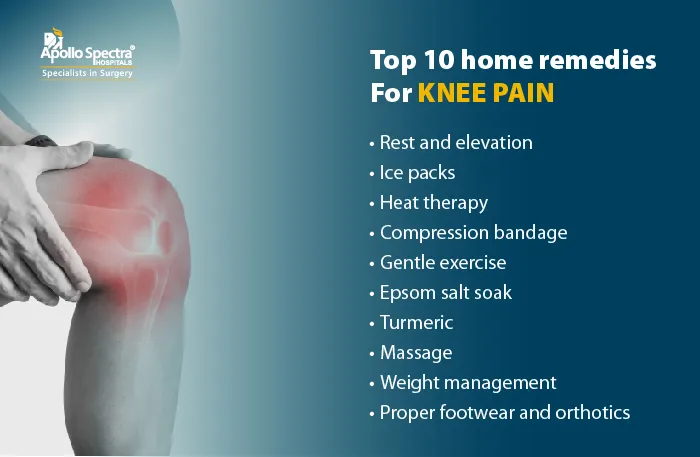
Credit: www.apollospectra.com
Frequently Asked Questions For How To Relieve Knee Pain: 10 Top Methods To Relieve Knee Pain
What Are The Common Causes Of Knee Pain?
Knee pain can be caused by various factors including overuse, injuries, arthritis, or obesity.
How Can I Prevent Knee Pain?
To prevent knee pain, maintain a healthy weight, exercise regularly, wear proper shoes, and avoid activities that strain your knees.
What Are Some Effective At-home Remedies For Knee Pain?
You can try applying ice packs, using compression wraps, elevating your legs, and taking over-the-counter pain relievers for temporary relief from knee pain.
Conclusion
Suffering from knee pain can significantly impact your life, but utilizing these top 10 methods can help alleviate your discomfort and improve your mobility. By incorporating a combination of treatments such as exercise, natural remedies, and lifestyle adjustments, you can effectively manage and reduce knee pain.
Take charge of your knee health and start implementing these practices today for long-term relief.


